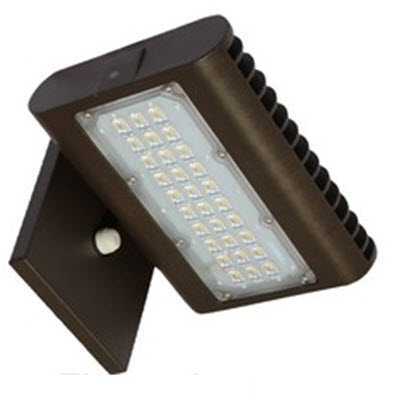
In February 1969, they introduced the HP Model 5082-7000 Numeric Indicator. Pighini at HP Associates and HP Labs, who had engaged in research and development (R&D) on practical LEDs between 19.


The first practical LED display was developed at Hewlett-Packard (HP) and introduced in 1968. The first practical LED was invented by Nick Holonyak in 1962 while he was at General Electric. Light-emitting diodes (LEDs) came into existence in 1962 and were primarily red in color for the first decade. microLED displays are LED displays with smaller LEDs, which poses significant development challenges. LED displays can offer higher contrast ratios than a projector and are thus an alternative to traditional projection screens, and they can be used for large, uninterrupted (without a visible grid arising from the bezels of individual displays) video walls. LED displays are capable of providing general illumination in addition to visual display, as when used for stage lighting or other decorative (as opposed to informational) purposes. In recent years, they have also become commonly used in destination signs on public transport vehicles, as well as variable-message signs on highways. Their brightness allows them to be used outdoors where they are visible in the sun for store signs and billboards. If you’re interested in more information, click the catalog link below to see the LED Panels, Troffers, and Tubes mentioned in this post.The 1,500-foot (460 m) long LED display on the Fremont Street Experience in Downtown Las Vegas, Nevada is currently the largest in the world.Ī LED display is a flat panel display that uses an array of light-emitting diodes as pixels for a video display. Most importantly, LED Panel and Troffer lights can offer built in support for networking, occupancy sensors, and color temperature tuning, which makes the office a more comfortable working environment.
#LED PANEL TYPES UPDATE#
They are also ideal for someone who would like to update the appearance of the office with a cleaner and more upscale looking panel or troffer light.

These are ideal for a building undergoing renovations, or for operators replacing out dated T12 fixtures or ones with magnetic ballasts since the cost of a LED panel is often times less than the cost of 3/4 LED tubes and the fixture housing.
#LED PANEL TYPES UPGRADE#
These also work for a building operator who would like to upgrade to LED incrementally, by buying a smaller quantity and upgrade as the fluorescent tubes burn out.

Or you can select LED tubes that come with an external ballast if your situation requires it. These are ideal for a building operator who has newer fixtures T8 fixtures with electronic ballasts that can run a Ballast Compatible Tube. We hope the following breakdown will help you choose the lights that best suit your facility’s needs. What is best for you all depends on the existing lighting and your needs. But what to choose, T8 LED Tubes to replace the fluorescent tubes in existing fixtures, or an LED Panel Light to replace the entire fixture?īoth types of LED lights are excellent products that will serve as a fantastic upgrade to LED. Upgrading your facility to LED can be a big purchase decision, and with the longevity of LED Lights, you will be working under those lights for years to come, so we want to make the best decision.


 0 kommentar(er)
0 kommentar(er)
